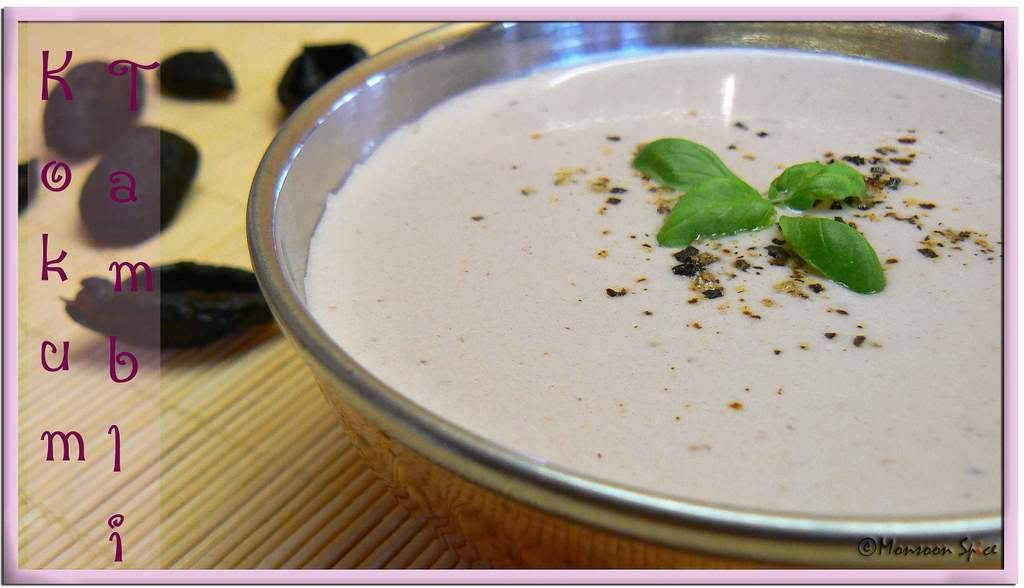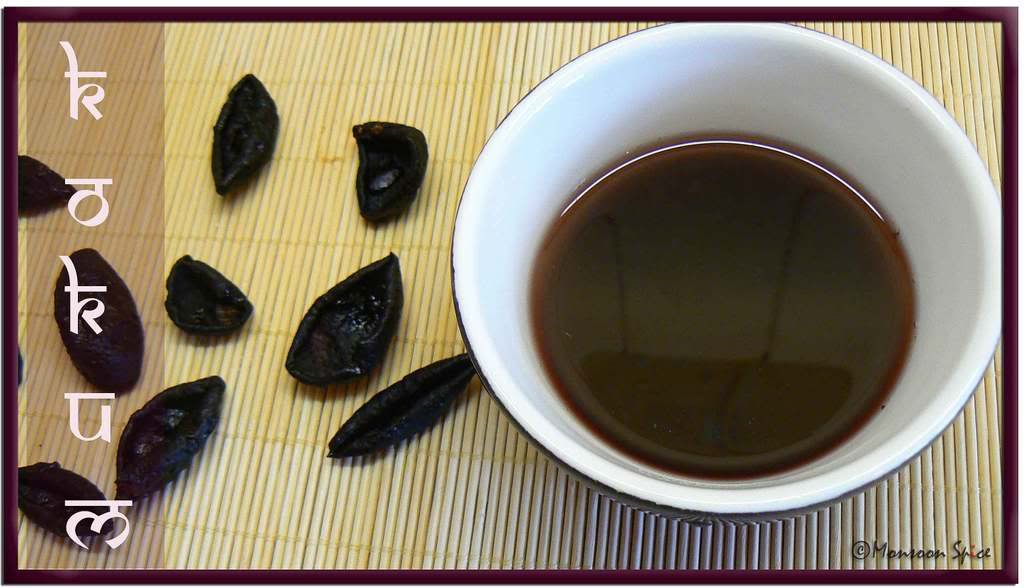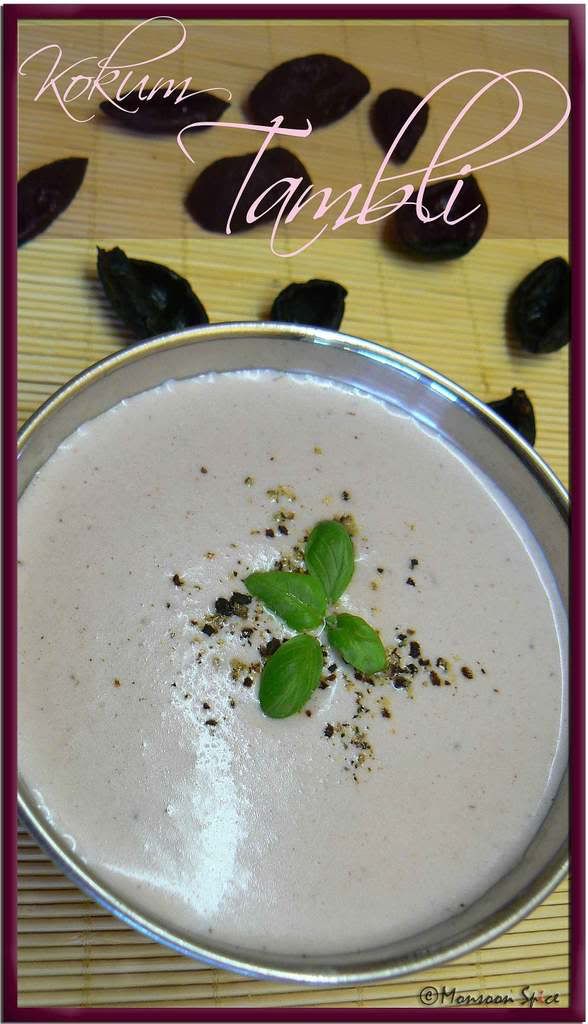
Kokum Tambli
If you think e-slang is difficult to understand then wait until you hear today’s teenagers talking. It’s very common feeling that talking to teens today is like learning a new language. My current project had given me a chance to work with teenagers who are major part of the focus group. During these sessions, I must have encountered more unfamiliar slang than if you to drop me in Greek/Latin/Chinese language classes. Dude, Bro (more often pronounced as ‘Brah’), Ay Baybay (nope, it’s not some sleazy pick-up line), Yo Dog (it’s not their pet dog they are greeting. It’s their way to greet their best friends) Wassup are the common way to greet each other. Don’t offer chocolates when they say Sweet. It’s not something they want to eat, Sweet means Cool and something they like it a lot. Other day one of the girls from group really liked the Bling (means expensive jewellery) I was wearing. I make it a point to write down few words or sentences I don’t understand along with other notes so that I can research and expand my slang dictionary. Sometime it’s fun to hear then chatting and other time you are left behind looking like a complete idiot. Well, I must say it is not simple task to understand everything they speak as everyday they seem to have few more words added to their dictionary.
With all these daily humdrums, it really feels good when you come back home and cook something which was passed down from generations. Recipes like Tambli/Tambuli/Tamboli give me reassurance that there are few things in life which will retain its authenticity in this ever changing world. Tambli, yogurt based curries from Mangalore are a must during the sizzling hot summers. This cooling dish not only good during hot summer days but also uses very rare ingredients based on Ayurveda like Brahmi, Dried Pomegranate Peels, Ginger, Garlic, Onion, Gooseberry for their medicinal properties. This time I am posting sour and mildly spiced Tambli made using Kokum. Kokum or Vrikshamla as known in Sanskrit is known for its Vata and Kapha suppressant properties. Served at the end of the meal, this Kokum Tambli aids in the process of digestion. In my home town, Kokum is used in place of Tamarind as it is grown in abundant. As a kid I loved Sharbat (Juice), Saaru/Rasam and Tambli made from Kokum for its pretty Purplish Pink colour. With fruity and sour flavour it is sure to add zing to any recipe. I am sending this to Jugalbandi who are guest hosting Weekend Herb Blogging started by Kalyn.
Kokum Tambli (Yogurt & Coconut based curry from Konkan Region)
Cooking time: -
Serves: 3-4
Ingredients:¼ cup Kokum
¼ cup Coconut, fresh/frozen
¼ inch Ginger
½ tsp Jeera/Cumin Seeds
1 cup Fresh Yogurt/Curds
½ -1 tsp Black Pepper Powder (Adjust acc to taste)
Salt to taste

Grind fresh coconut with ginger and cumin seeds to smooth paste adding little water at a time.
Mix this ground coconut paste with kokum juice, yogurt, ground pepper powder and salt to taste.
Add little water if you feel the Tambli is too thick. Adjust the seasoning and keep it in the refrigerator before serving it chilled with plain steaming bowl of rice.

Notes:
Very commonly used in coconut based curries from Udupi-Mangalore, Maharashtra and some parts of Gujarat as it is grown in Western Ghats of India which is blessed with rich soil, adequate rainfall and sunshine.
It is vata and kapha suppressant. It is widely used in healing of wounds. It also helps in curbing infections in the body. It improves digestion and absorption in the body. It improves the cardiovascular system of the body. It also helps in suppressing the skin related ailments. It also brings down the fever and reduces burning sensation. According to Ayurveda it contains
-Gunna (properties) – laghu (light) and ruksh (dry)
-Rasa (taste) –amal (sour)
-Virya (potency) – ushan (hot)
(Source: www.ayushveda.com & www.uppercrustindia.com)
Find more information on Kokum here and here.
Other Tambli/Tambuli/Tamboli recipes posted on Monsoon Spice

 Print This Recipe
Print This Recipe
Sia, now I know how you were spot on when you saw the picture. Kokum is new to me, I am still wondering what to make with it, Tambli maybe.
ReplyDeleteWhen i come here i learn a lot of new dishes.
ReplyDeleteBeautiful pictures as usual
I use kokum very much, make rasam too with it..
ReplyDeleteKokum is an important ingredient for most if not all konk households. Especially if you have family Goa...like mine. I miss the kokum kadis :o( sigh. Oh I have something quite amusing to tell you regarding e-lingo. So I was addicted to aim all through my college years and the e-lingo got so bad that I would actually say the word "sigh" And my family would laugh and say..."did you just say "sigh" instead of actually sighing?" hehe good times and may I add "SIGH" ;O)
ReplyDeleteA very good tempting picture.
ReplyDeleteE-slang another Future common language? The recipe is totally new to me and sounds great Sia.
ReplyDeletewow!love these..looks so yummm
ReplyDeleteHi Sia,
ReplyDeleteI wanted to compliment you on an awesome blog with beautiful photos.
Since I recently got married to a Kannadiga (I'm from North India), the recipes you put up have been able to help me feed my husband food he grew up with :-)
I just read that you work with focus groups. I work in market research too. Are you a moderator?
By the way, may I add your blog to my blog roll?
Thanks!
Hi Sia,
ReplyDeleteI wanted to compliment you on an awesome blog with great photos!
I recently married a Kannadiga, so I have been cooking a lot of your recipes like Badane Ennegai, etc. :-)
I also just read that you attended focus groups. I work in market research too. Are you a moderator?
By the way, may I add your blog to my blogroll?
Thanks!
Oh my. This post makes me feel 'ancient'.
ReplyDeletehaha! I got a hang of the slang during my courtship days...My Dh would go crazy guessing what I had typed...
ReplyDeleteNice digestive recipe there..In goa, they give kokum juice to aid in digestion minus the yoghurt!
whatz ur malfunction, babe? slang is hot. or you can say it's cool. :D
ReplyDeleteFunny how times change, huh? You're right about having ancient tried and true recipes to make you feel better. I love this recipe... So simple, yet would be truly delicious to taste!
ReplyDeleteWow this something amazing,I like your way of presentation style.
ReplyDeleteToday I am going to prepare your Huli-Menasina....Wish me good luck:-)
That's looks like a satisfying and healthy bowl of soup.
ReplyDeleteWonderful Tambli. It's different than what I am used to making sol kadhi. I am going to try this version soon. Thanks for sharing.
ReplyDeleteI kind of learnt the "basic" e-lingo from my sis. I had to! I just could not figure out what she was saying during our chat sessions.
ReplyDeleteIt's a lot better now.:-)
This is a new dish for me Sia. Looking at the kokkum used I thought it's going to be a dark colored gravy. But I was pleasantly surprised. Looks so yummy as usual. Thanks for sharing.
ReplyDeleteSia, this is the Marathi equivalent of the Solkadhi except we also add a little green chilies and garlic to it. the rest is same.
ReplyDeleteI've never tried kokum before, Sup! In fact, I had not even heard about it until after my marriage! :) Will try that soon! Your previous post took me down memory lane! My grandfather's house in Mysore also had a huge hande (urn) and one of my aunts used to give us kids the "tale snana" with piping hot water! The curry there looks delish!
ReplyDeleteThis is something new to me, but it looks delicious!
ReplyDeleteBTW, thanks for the wishes :)
(the e-lingo caught me too hehehe)
Kokum??? never heard of it Sups!!
ReplyDeleteIts so hard sometimes you send work e mails which look ridiculous and oh yes, 3/4ths of the mail have e slangs!!!
Nice n simple recipe
Thanks for a great recipe and wonderful information about an ingredient that is totally new to me. Now I will not pass up kokum at the grocer's when I go next time! ; )
ReplyDeleteMy mom makes something she cals tambli which is nowhere close to your tambli recipes:) I'm going to tease her about it now:)
ReplyDeleteI've known kokum from one of my friends. She told me that kokum is what we call asam kandis in Indonesian culinary. I browsed around and I found out that kokum, asam kandis, asam gelugur and mangosteen are from the same family, but different species. Asam kandis and asam gelugur are very popular in Indonesian culinary especially Sumatran culinary. Even though I can't find asam kandis for purchased in Winnipeg, still I can find kokum which has same flavor and purpose in cooking
ReplyDeleteVery interesting, I've never heard of kokum before this. Great post, I always love it when someone comes up with a brand new ingredient!
ReplyDeleteLOL, Sia! Tambli looks awesome and new to me. Have to run for now so TTLY ;)
ReplyDeleteKokum...wow, I enjoy dishes that use Kokum. Sia, Enjoyed reading all the slang habits we are all getting into and then suddenly transported to anncient Ayurvedic wisdom...very nice recipe.
ReplyDeleteTurned out absolutely delicious. Thanks!!
ReplyDelete